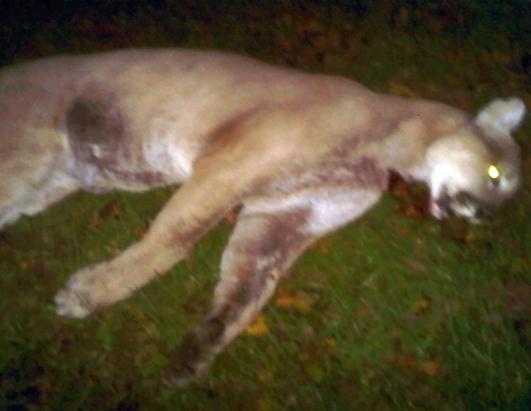
Recreationists can make reports about fish and other wildlife to the WDFW by clicking here. And we do have an online reporting tool that we ask people to use to let us know if they spot anything unusual (like) dead fish on the side of a river or lake or anything like that – because we do want to know about it.” Assists, as appropriate, the animal care and. Coordinates mass care activities with the Emergency Manager. “We’re cautiously optimistic that we won’t see widespread impacts but we’re definitely monitoring the situation. Manages mass care activities during emergencies. can promote vegetation and wildlife diversity, release nutrients into the soil. When water temperatures become elevated enough, particularly during lengthy spells of extreme heat, it can actually kill fish, as well as cause them to migrate en masse to cooler waters.Īnderson says WDFW biologists are staying vigilant to any potential changes in fish health and behavior due to the hot weather, and adds the public can help them out by doing the same. Heat waves are defined by five consecutive days over temperatures in the. We’re also seeing pretty good river flows and those are usually pretty good signs for survival of fish, even in heat waves like this.” “But at this time, waters in the Columbia River and most of its tributaries are still pretty cool and are not particularly stressing salmon. "But what is most concerning about heat-death mortality is that it has the potential to kill a lot of adults.“We’re certainly keeping an eye out for any potential impacts to fish populations,” explained Anderson. "Any mass die-off like this is a concern," said Holt. The 2019 heat wave is a particular concern because it led to the loss of a large number of adults in a single event, according to Holt. They found 27% of adult penguin corpses along paths heading out of the breeding colony to the ocean, where they could get a drink – penguins have glands that can filter salt out of the water.ĭead adults were often found on their stomachs with their feet and flippers extended and mouth open, a common panting and cooling pose for Magellanic penguins. Read more: A 1988 warning about climate change was mostly right Nearly three-quarters (264) of the penguins that died were adults, many of which likely died of dehydration, based on post-mortem analyses. The 19 January heat wave was the highest temperature the researchers have ever recorded at Punta Tombo. “It's the first time we've recorded a mass mortality event at Punta Tombo connected to extreme temperatures." Lead author Katie Holt, a UW doctoral student in biology said, "This extreme event fell near the tail end of the breeding season for Magellanic penguins, so it killed a large number of adults, as well as chicks. freshwater, according to a preliminary estimate and interviews with scientists. Read more: Melting snow in Himalayas drives growth of green sea slime visible from space The combination of extraordinary heat and drought that hit the western United States and Canada over the past two weeks has killed hundreds of millions of marine animals and continues to threaten countless species of seafood.
/cloudfront-us-east-1.images.arcpublishing.com/gray/5BH6W4FQGVE35KFXDSPUD73RCA.jpg)
In recent decades more people have died in Australia in heat waves than. On June 28, Seattle reached 108 Fan all-time highwhile the village of Lytton. As the oceans warm, coral reefs bleach and die, which means many fish and other. The extreme heat wave killed at least 354 penguins, based on a search for bodies by the researchers in the days following the record high temperature. In June 2021, an unprecedented heat wave hit the Pacific Northwest and Canada, killing an estimated 1,400 people. Sea level rise also amplifies the impacts of storms and wave action. 19, temperatures at the site in Punta Tombo, on the country's southern coast, spiked to 44C in the shade. In addition, the same study showed that half of the global land mass has experienced. Researchers from the University of Washington witnessed an extreme heat event in Argentina which struck one of the world's largest breeding colonies for Magellanic penguins in 2019.

Marine life, including mussels and sea stars, have died en masse from.

(Stock image/Getty)Ĭlimate change will not have terrifying effects not just on human lives – but on wildlife, a new report into a deadly heat event which killed hundreds of penguins has shown. The hawk nosedives are one dramatic example of the many ways wild animals have been affected by extreme heat in the West. Magellanic Penguins were wiped out in their hundreds by the heatwave. Heatwaves cause mass wildlife die-offs and long-term ecological damage via reductions in animal population survival.


 0 kommentar(er)
0 kommentar(er)
